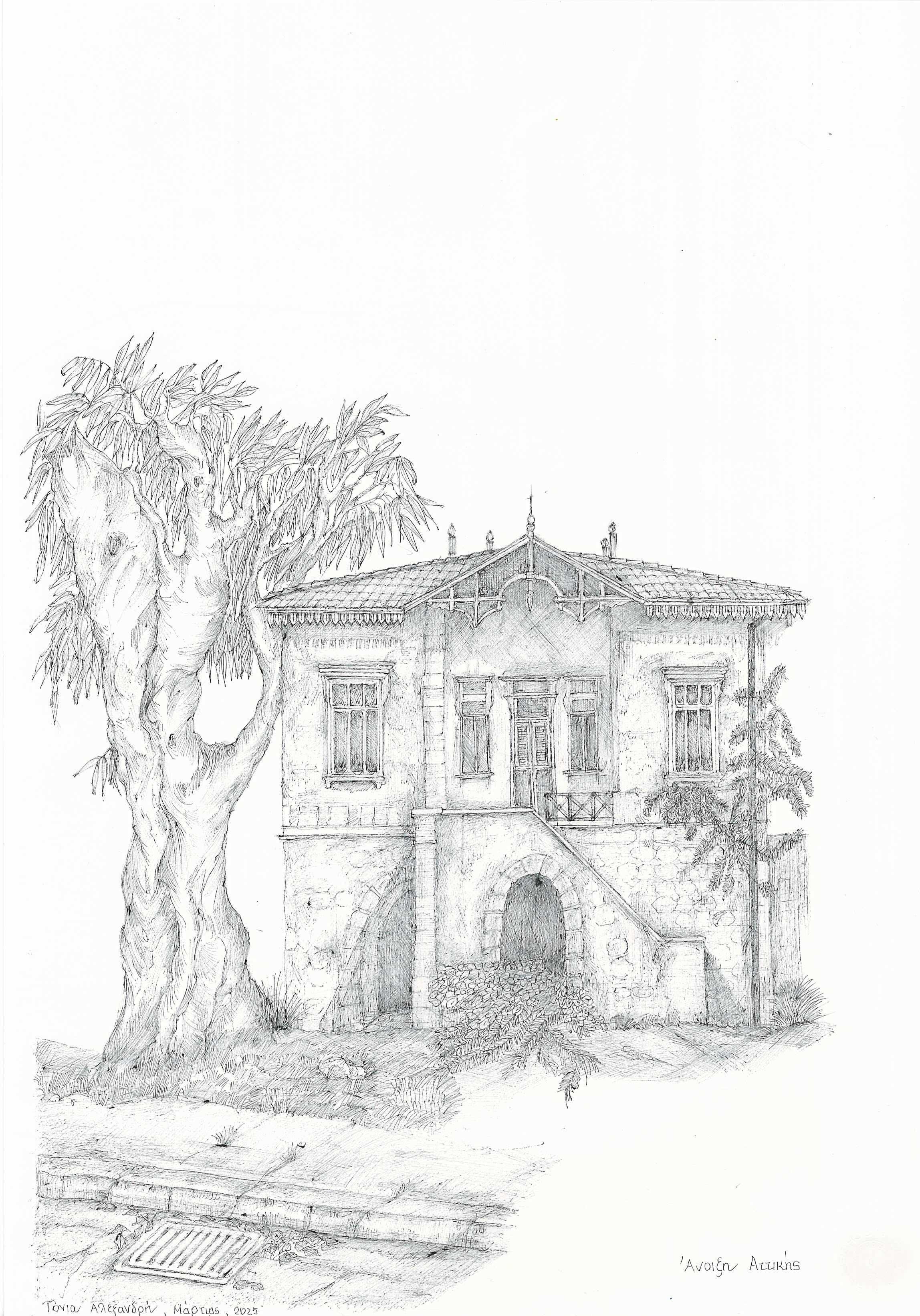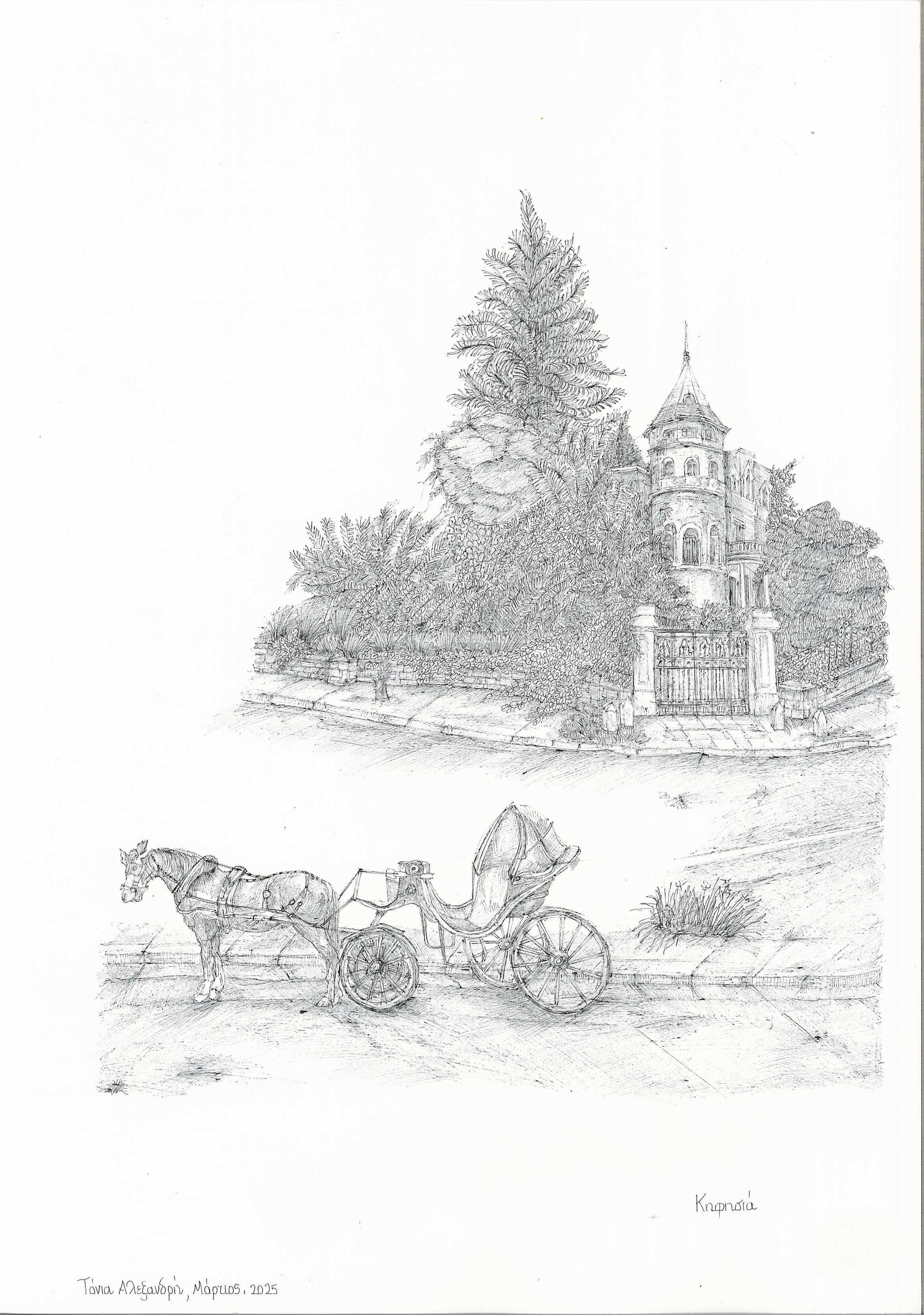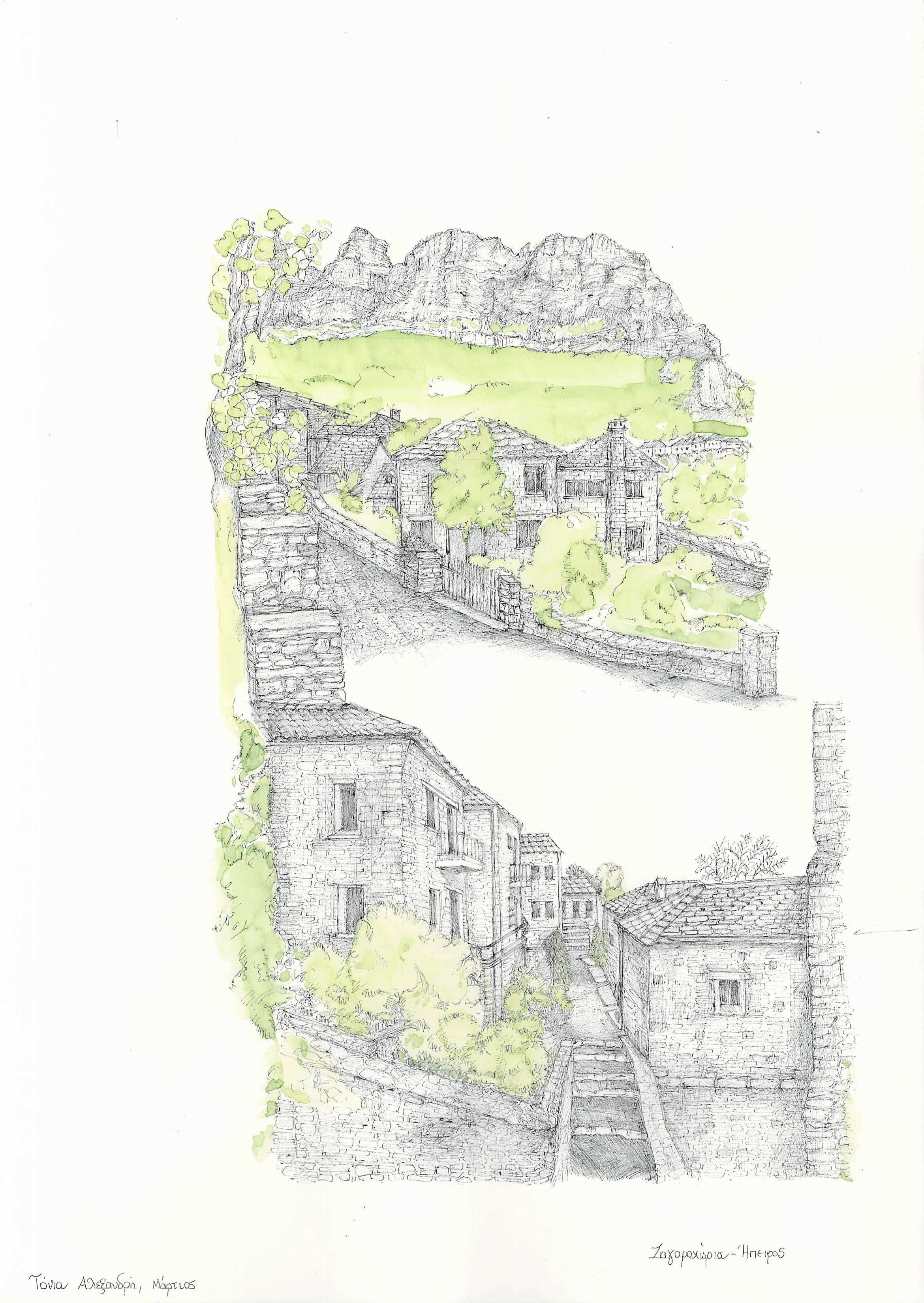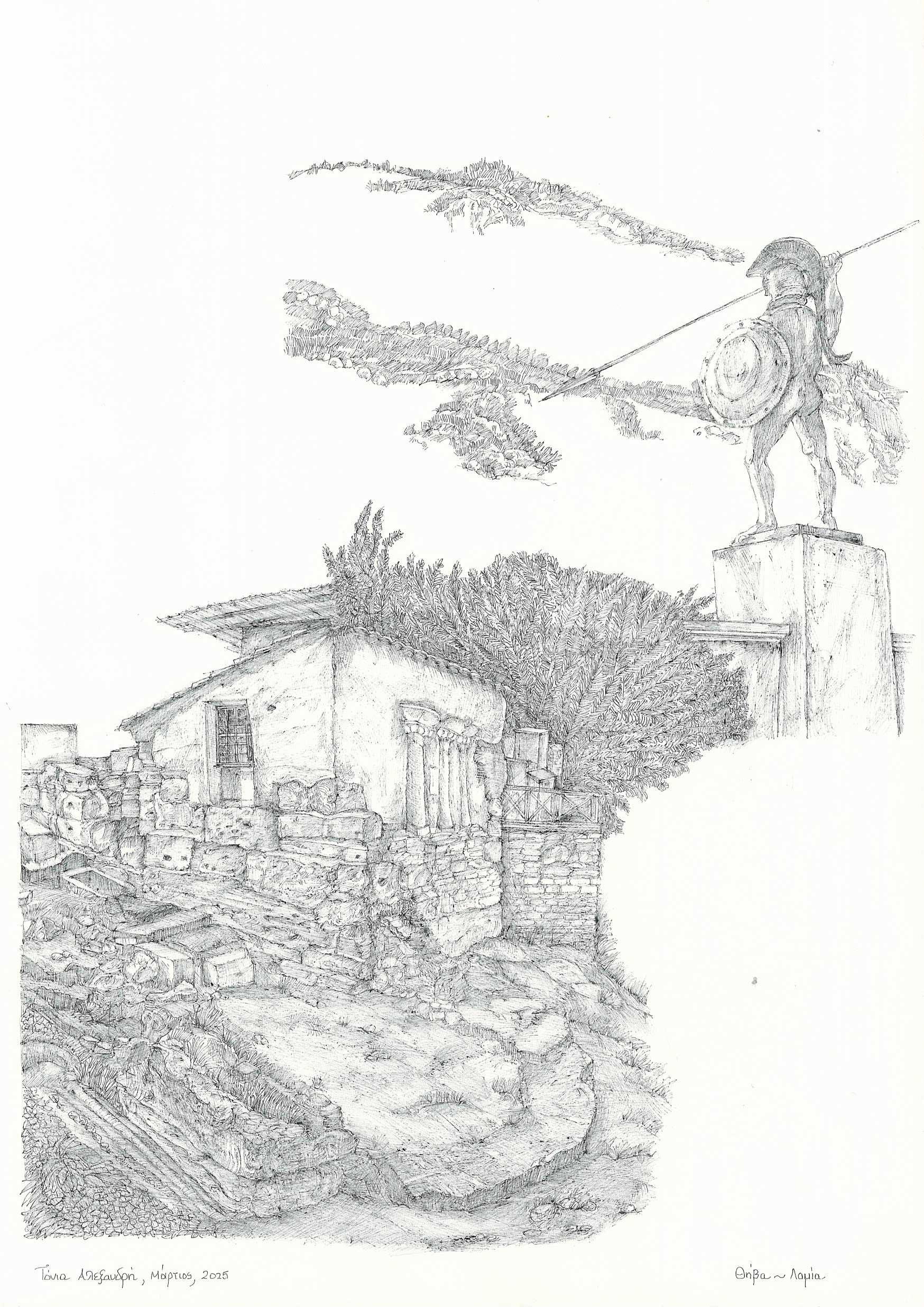Place
&
The trauma of war
“And history? It is in the street. In the crowd. I believe that in each of us there is a small piece of history.” Svetlana Alexievich
“Courage in war and courage of thought are two different courages. I used to think they were the same.” Svetlana Alexievich
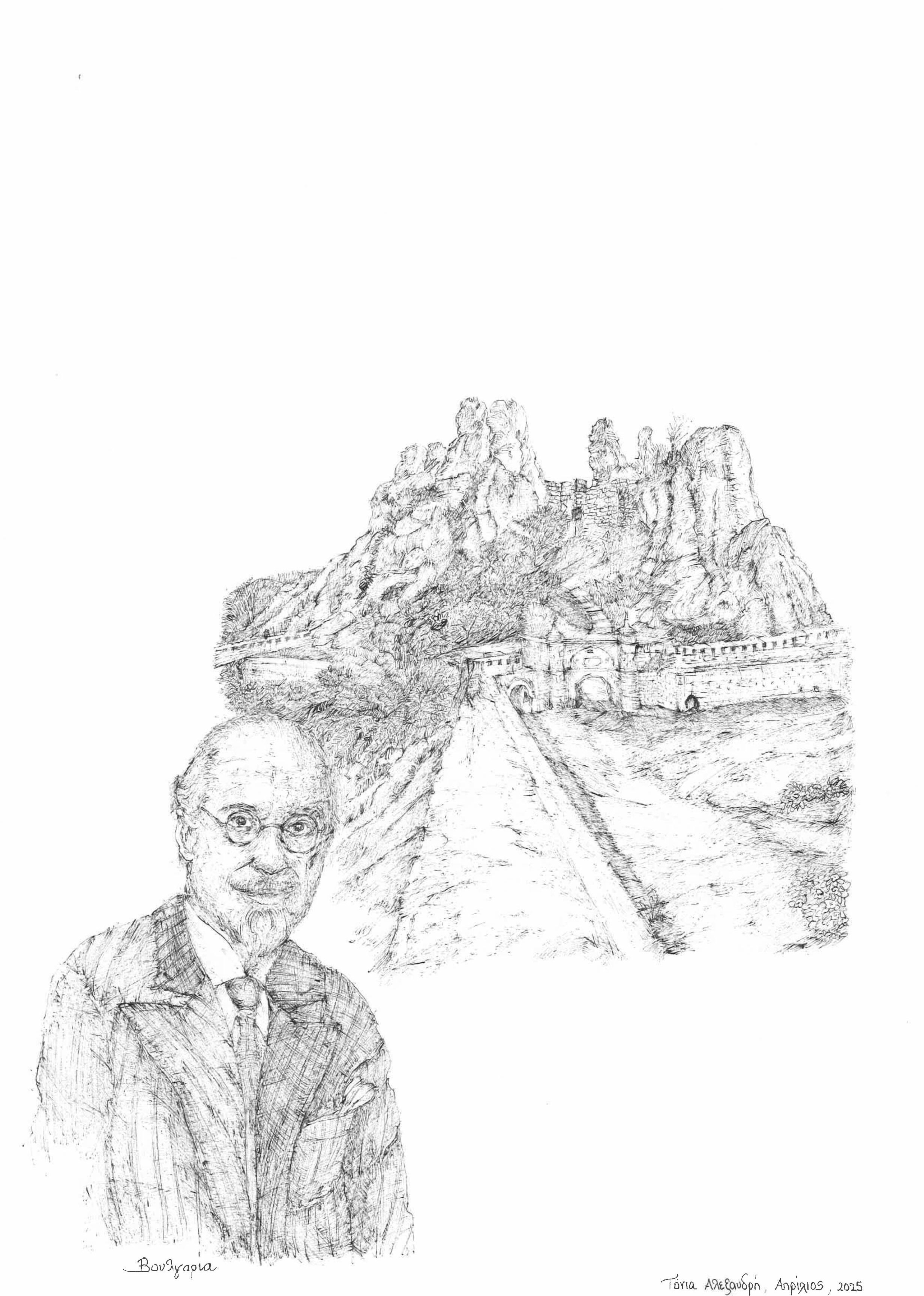
Today’s post is about trauma, trauma of all sorts and depths, physical and mental trauma inflicted on humans and on animals, trauma of massive repercussions visited upon the natural environment, devastatation of human made things like buildings and bridges, historical monuments and works of art, and waste of time, potential, effort and resources. This piece is about The Unwomanly Face of War by Svetlana Alexievich that documents WWII through the eyes of the young girls and women, who fought it, and whom the men called Little Sisters. Many girls were as young as fifteen and sixteen. They volunteered to go to the front, often had to be persistent in order to be recruited, young girls, whose hair turned grey overnight.
One woman said that when she showed up asking to be recruited, the person in charge had said: “What sort of Thumbelina is this? What are you going to do? Maybe you should go back to your mother and grow up a little?” But I no longer had a mother…My mother had been killed during a bombing…,”and another said: “I even grew during the war. Mama measured me at home…I grew four inches…” Another said: “I came back from the war and fell gravely ill. For a long time I went from one hospital to another, until I happened upon an old professor.…He treated me more with words than with medications; he explained my illness to me. He said that if I had left for the front at eighteen or nineteen, my body would have been stronger, but since I had just turned sixteen—it was a very early age—I had been badly traumatized.”
Svetlana Alexievich was born in Ukraine, in 1948 and has spent most of her life in the Soviet Union and present-day Belarus, with prolonged periods of exile in Western Europe. She has won many awards, including the 2015 Nobel Prize in Literature, for “her polyphonic writings, a monument to suffering and courage in our time.” She has been considered the first journalist to receive the Nobel Prize in Literature, but she has rejected the idea that she is a journalist, and has defined her chosen genre as what is sometimes called “documentary literature”: an artistic rendering of real events, with a degree of poetic license, a non fiction genre that brings together a chorus of voices to describe a specific historical moment.
She has said: “I’ve been searching for a literary method that would allow the closest possible approximation to real life. Reality has always attracted me like a magnet, it tortured and hypnotized me, I wanted to capture it on paper. So I immediately appropriated this genre of actual human voices and confessions, witness evidences and documents. This is how I hear and see the world – as a chorus of individual voices and a collage of everyday details. This is how my eye and ear function. In this way all my mental and emotional potential is realized to the full….”
Alexievich is interested in reclaiming the small, the personal, the specific, the single human being, “not as the state regards him, but who he is for his mother, for his wife, for his child…” She begins the book with extracts from her 1978–1985 journal of the book: “I am writing a book about war…. I, who never liked to read military books, although in my childhood and youth this was the favorite reading of everybody. Of all my peers. And that is not surprising—we were the children of Victory. The children of the victors.” The war, she continues, was remembered all the time, at school, at home, in children’s conversations, at celebrations, weddings, christenings and wakes.
She remembers that the village of her postwar childhood was a village of women. There were no men’s voices. She writes: “That is how it has remained for me: stories of the war are told by women. They weep. Their songs are like weeping.” She traces women’s participation in wars since the fourth century B.C., when women fought in the Greek armies of Athens and Sparta. During World War II women served in all branches of the military in many countries of the world: “225,000 in the British army, 450,000 to 500,000 in the American, 500,000 in the German… About a million women fought in the Soviet army. They mastered all military specialties, including the most “masculine” ones. Thousands more, across Europe, resisted fascism, but they remained silent, and only a small percentage of the medals for participation in the resistance were given to women.
Alexievich realized that in the countless books about the war it has always been men writing about men, always men’s words. Women have been silent, but during the hundreds of encounters with Soviet women, who had taken part in the war, she found that women’s stories were different. “Women’s” war had its own colors, smells, lighting, words and range of feelings. A question arose: Why, for instance, after having stood up for and held their own place in a once absolutely male world, have women not stood up for their history, their words and feelings?
The writing of the book required a lot of travelling, hundreds of recorded cassettes, thousands of typed pages, and after the first 500 meetings she stopped counting. Alexievich wirtes: “A chorus resounds in my memory. An enormous chorus; sometimes the words almost cannot be heard, only the weeping. I confess: I did not always believe that I was strong enough for this path, that I could make it.” She describes these encounters. She sits with these women for hours, often a whole day, in their houses. They drink tea, eat pies and pastries, try on the recently bought clothes, discuss hairstyles and recipes, look at photos of their grandchildren, and then, she writes: …”suddenly comes this long-awaited moment, when the person departs from the canon—plaster and reinforced concrete, like our monuments—and goes on to herself. Into herself. Begins to remember not the war, but her youth. A piece of her life…I must seize that moment. Not miss it!”
Unlike a ‘man’s’ war, which is about how we retreated, how we advanced, at which sector of the front, and numbers and statistics, the women “draw the words out of themselves and not from newspapers and books they have read—not from others. But only from their own sufferings and experiences. The feelings and language of educated people, strange as it may be, are often more subject to the working of time. Its general encrypting. They are infected by secondary knowledge. By myths.” In order to hear a story of a “woman’s,” not a “man’s” war, Alexievich says that sometimes it takes not one meeting, but many sessions. She needs to work like a persistent portrait painter. And always, she writes, it’s at least three persons participating in the conversation: the one who is talking now, the one she was then, at the moment of the events, and herself.
The remembering process she says is neither a passionate, nor dispassionate retelling of a reality that is no more, but a new birth of the past, when time goes in reverse. The women remember across their life and they open their world to her cautiously, to spare her. I teared up in several places, and at other times I felt my body tense. Some pages I read hastily. A sense of gratitude also arose for the millions of people, who stood up against fascism, as well as, sadness for the unfathomable magnitude of the loss and the high price of victory. The Soviets alone lost twenty million human lives in four years. An estimated total of 70–85 million deaths were caused by what has been described as the deadliest military conflict in history. Concern was also present, while reading this literary document, about the processes of gradual oblivion that has allowed, along with many other factors, for a rise in authoritarianism again, concern that I believe I share with many around the world.
At school we learn facts about so many wars across eras: dates, battles, causes, statistics and number of casualties, but rarely are we asked to engage with narratives of what war really is, beyond strategies, victory and defeat. Alexievich believes that “women’s” war is more terrible than “men’s.” Men hide behind history, behind facts; war fascinates them as action and a conflict of ideas, of interests, whereas women are caught up with feelings. Men are also prepared from childhood for the fact that they may have to shoot. Women are not prepared to do this. Women remember differently. “They are capable of seeing what is closed to men. I repeat once more: their war has smell, has color, a detailed world of existence.”
Alexievich asks Dostoevsky’s question: How much human being is in a human being, and how to protect this human being in oneself?
She writes that a human being is greater than war and is guided by something stronger than history. She feels the need to delve deeply into “the boundless world of war,” to write the truth about life and death in general, not only the truth about war. She understands the solitude of the human being that comes back from war, having acquired “a knowledge that others do not have, that can be obtained only there, close to death.” She writes about the history of emotions and the psyche, the history of “small human beings, thrown out of ordinary life into the epic depths of an enormous event. Into great History.” She clarifies that she writes not about war, but about human beings in war….. She’s interested not only in the reality that surrounds us, but in the one that is within us, not only in the events, but in the events of feelings. She tells us that for her feelings are reality. She writes: “On the one hand I examine specific human beings, living in a specific time and taking part in specific events, and on the other hand I have to discern the eternally human in them…… That which is in human beings at all times.”
Alexievich asked and pondered on questions like: What war does to people, physically and mentally, what it did to their lives? What happened to human beings? What did human beings see and understand there? About life and death in general? About themselves, finally?
One woman talked about what one experiences immediately after a battle, after shooting: “Right after an attack it’s better not to look at faces; they’re some sort of totally different faces, not like people usually have. They themselves cannot raise their eyes to each other. They don’t even look at the trees. You go up to someone and he says, “Go a-way! A-way…” I can’t express what it is. Everybody seems slightly abnormal, and there’s even a glimpse of something bestial. Better not to see it. To this day I can’t believe I stayed alive. Alive…Wounded and shell-shocked, but whole. I can’t believe it…”
The book contains a part with the title, Seventeen Years Later 2002-2004, where she revisits old notebooks. She’s mostly interested in the notebooks, in which she wrote down the episodes crossed out by the censors, her conversations with the censors, and the pages she had thrown out, her own self-censorship and explanations. She concludes that today she would probably ask different questions, hear different answers, and write a different book, not entirely different, but still different. She writes: “The documents are living witnesses; they don’t harden like cooled clay. They don’t grow mute. They move together with us. What would I ask more about now? What would I like to add? I would be interested in.…the biological human being, not just the human being of time and ideas. I would try to delve deeper into human nature, into the darkness, into the subconscious. Into the mystery of war….. Our heroism is sterile, it leaves no room for physiology or biology…..”
I will end with two book extracts to do with animals:
“There were two trains standing next to each other at the station…One with the wounded, and the other with horses. And then a bombardment began. The trains caught fire…We started to open the doors, to save the wounded, so that they could get away, but they all rushed to save the burning horses. When wounded people scream, it’s terrible, but there’s nothing more terrible than the neighing of wounded horses. They’re not guilty of anything, they don’t answer for human deeds. And nobody ran to the forest, everybody rushed to save the horses. All those who could. All of them!”
“A shot man was lying in the yard…Next to him sat his dog. He saw us and began to whimper. It took us a while to realize he was calling us. He led us to the cottage…We followed him. On the threshold lay the man’s wife and three children… The dog sat next to them and wept. Really wept. Like a human being…”

